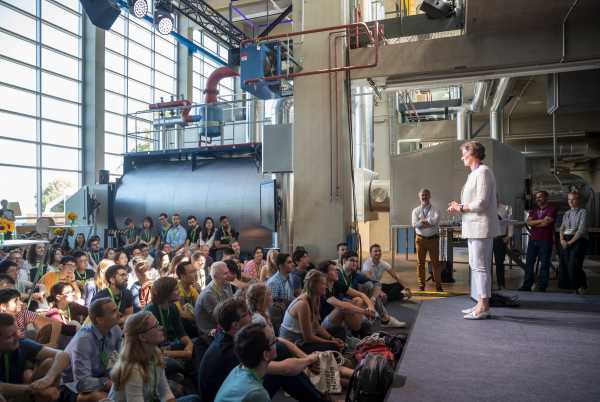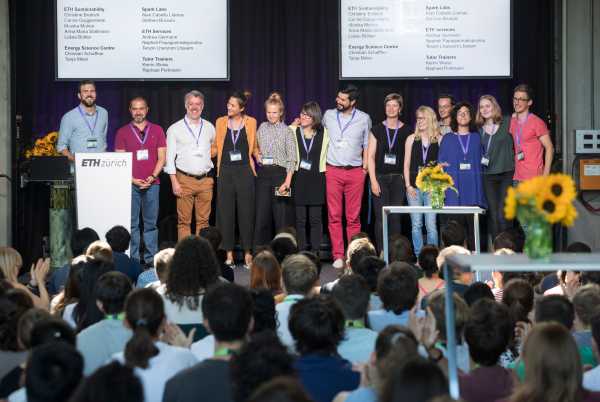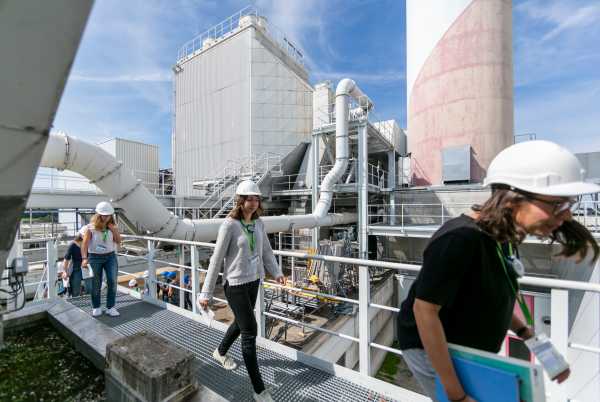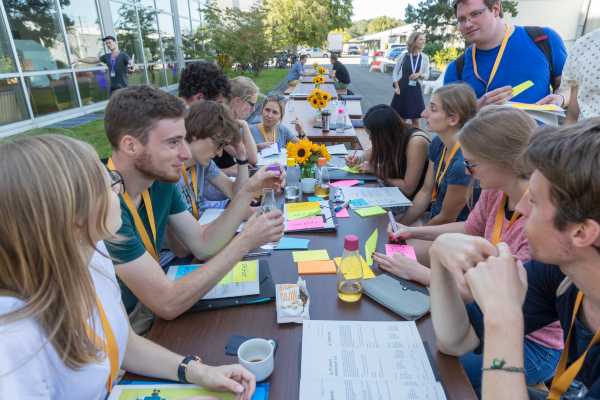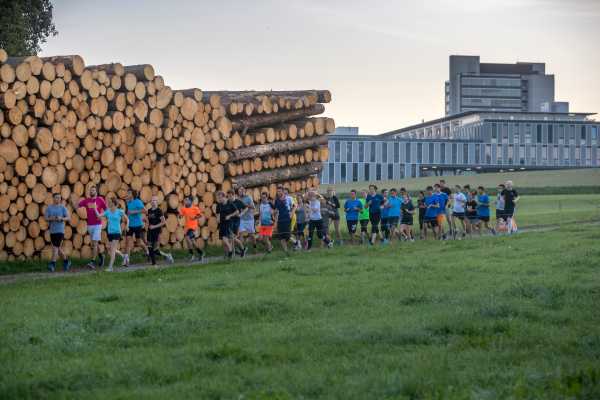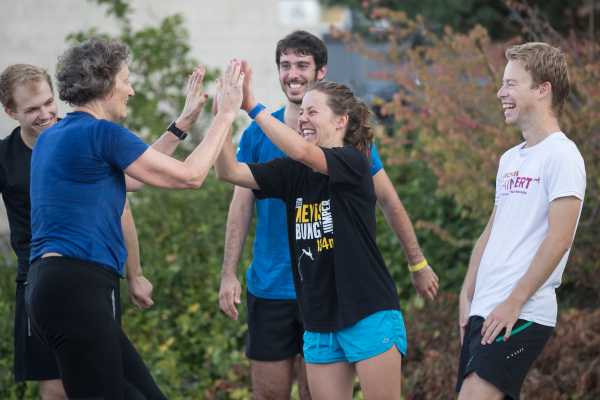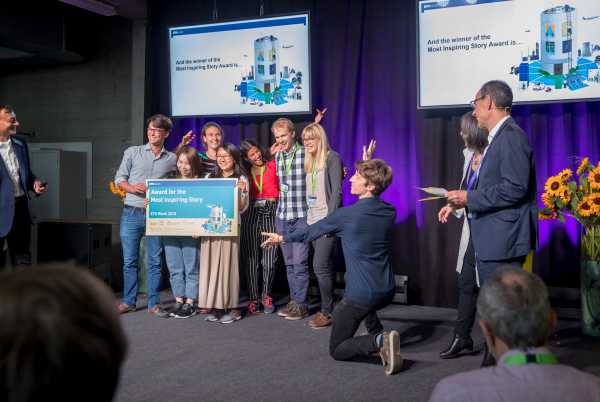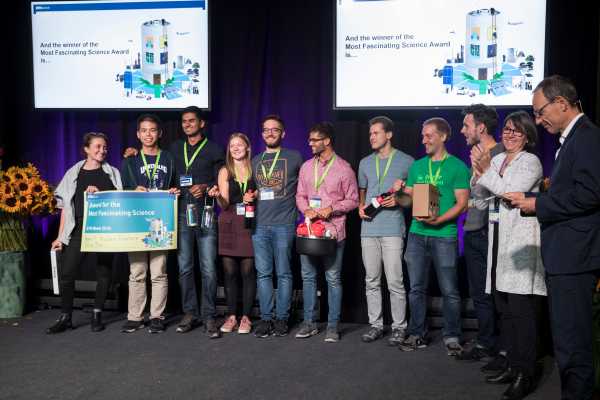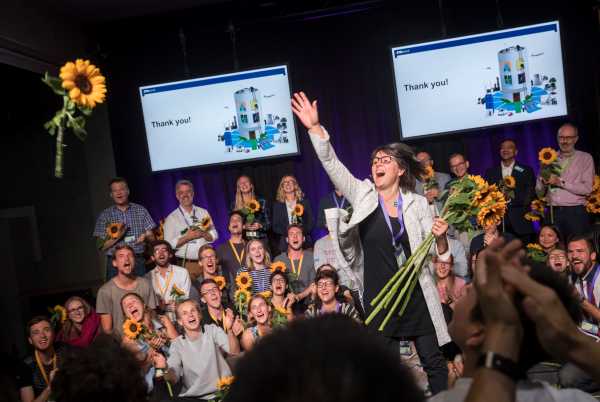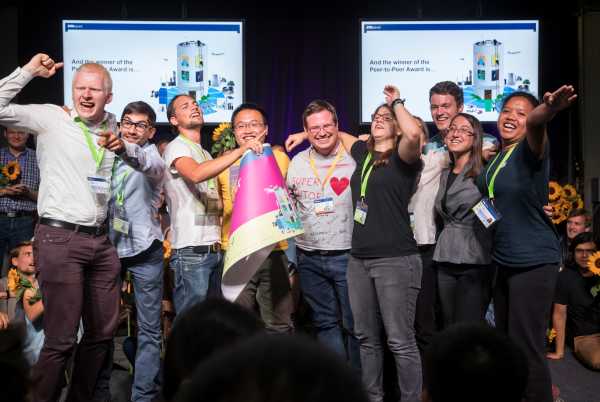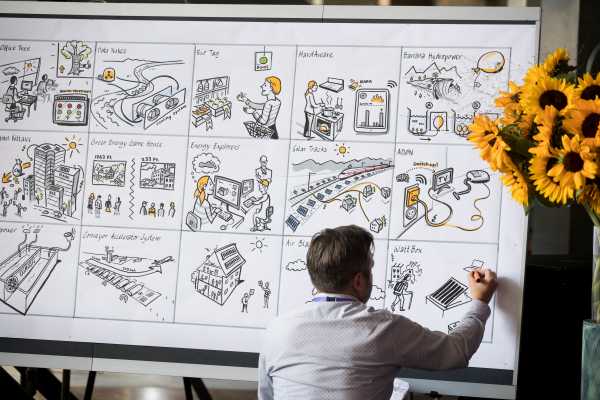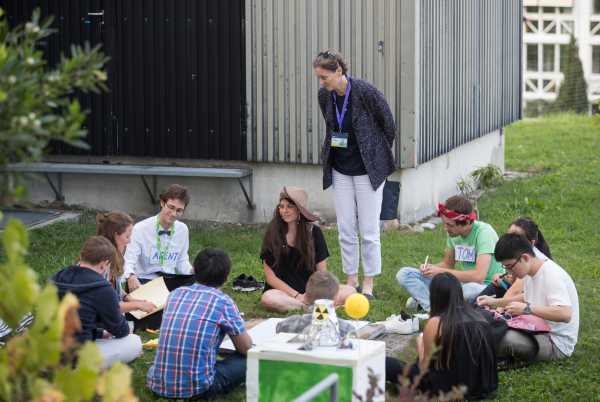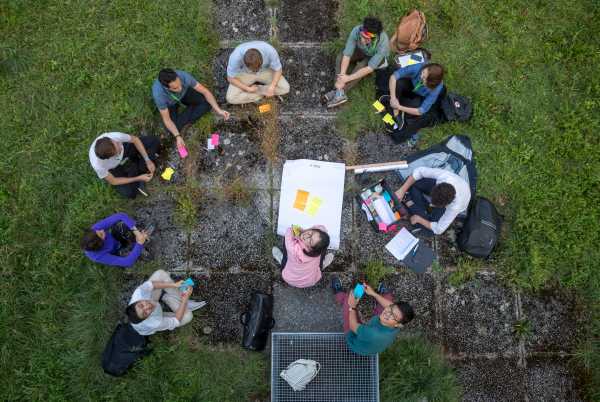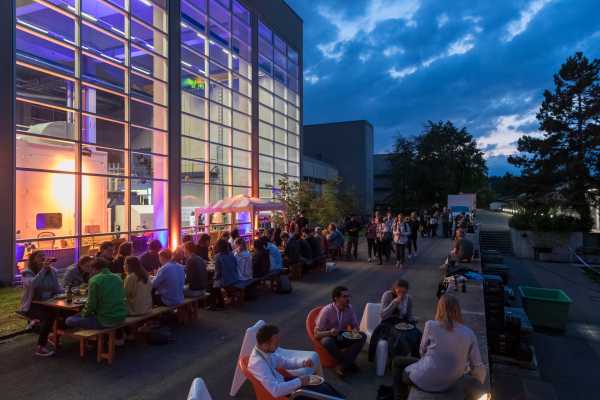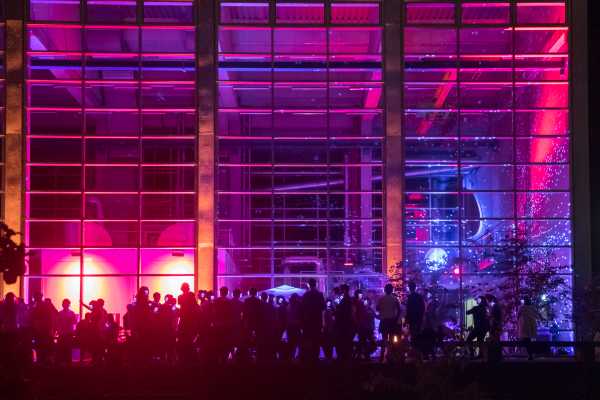Energy Matters (2018)
We wake up, we turn on the light. We prepare our coffee. We have a hot shower, use our car or public transport to move from A to B. We read the latest news on our smart phone. Energy has become our constant companion, maybe without us even realising it. But where does all this energy come from? Can we assume it is always there? And what is the direct and indirect effect of us consuming the products and services that are so tightly interwoven in our daily lives?
Today, Switzerland relies to a large extent on imported fuels for its overall energy consumption. In a public vote in 2017, the Swiss people supported the Swiss government’s ‘Energy Strategy 2050’ to move ahead with decarbonising the energy system and phase out nuclear power. Combined with a growing population, Switzerland needs to coordinate a wide range of measures to transform its energy system on a path of environmental integrity to become more efficient and more diverse, while ensuring long term economic viability.
Meet the teams of 2018:
 In order to facilitate the construction of wind turbines in remote areas, project
AirBlade proposes the transport and assembly of the blade structures by hybrid air vehicles.
In order to facilitate the construction of wind turbines in remote areas, project
AirBlade proposes the transport and assembly of the blade structures by hybrid air vehicles.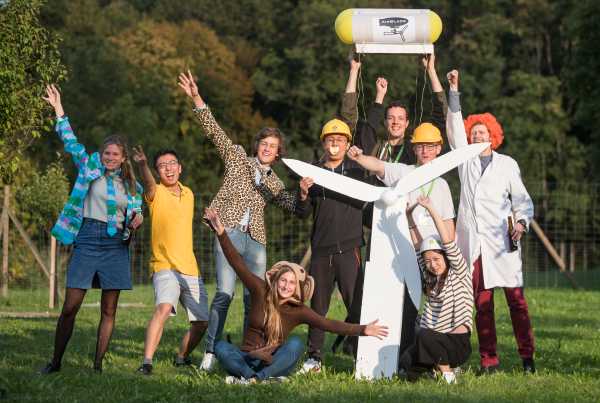 Even though there is a wish to contribute to green energy, the current solutions are not accessible enough for the average tenant. Project
Urban Voltaics proposes the microfunding of photovoltaic panels in urban areas.
Even though there is a wish to contribute to green energy, the current solutions are not accessible enough for the average tenant. Project
Urban Voltaics proposes the microfunding of photovoltaic panels in urban areas.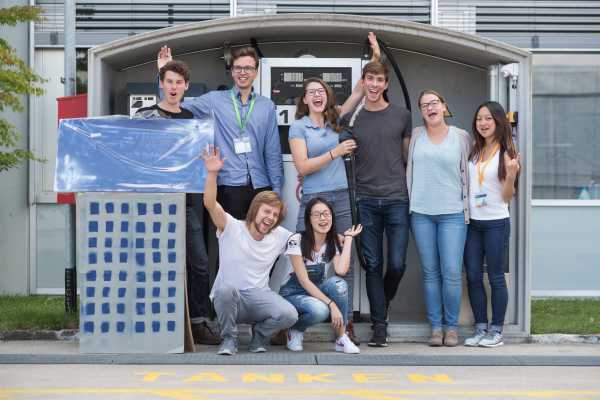 In order to help transitioning to the 2000-Watt society, project
HardAware proposes smart meters, showing the users consumption in comparison to their goal and the average use in the neighborhood.
In order to help transitioning to the 2000-Watt society, project
HardAware proposes smart meters, showing the users consumption in comparison to their goal and the average use in the neighborhood.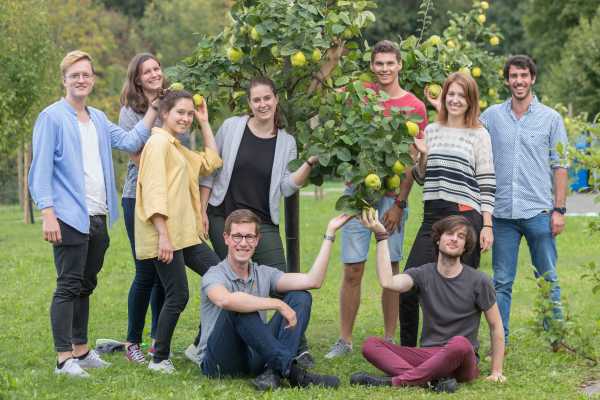 Team
Solar Tracks proposes to construct solar panels along the existing rail network in Switzerland in order to support the grid, while being able to use the existing infrastructure for maintenance operations.
Team
Solar Tracks proposes to construct solar panels along the existing rail network in Switzerland in order to support the grid, while being able to use the existing infrastructure for maintenance operations.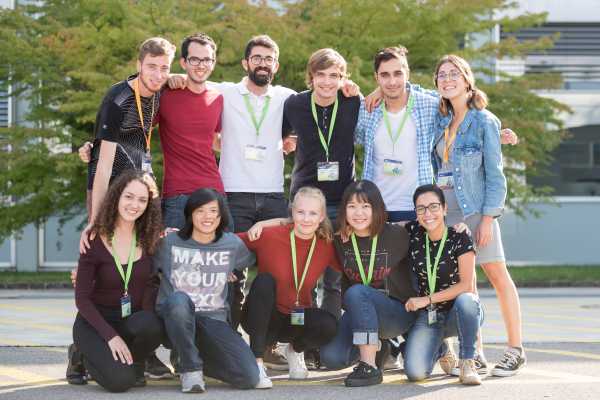 In order to shift peaks of high energy use to a time of the day whene sustainable energy sources are producing best, Project
EcoLotto proposes to incentivise with the help of elements of gamification and the quantified self.
In order to shift peaks of high energy use to a time of the day whene sustainable energy sources are producing best, Project
EcoLotto proposes to incentivise with the help of elements of gamification and the quantified self.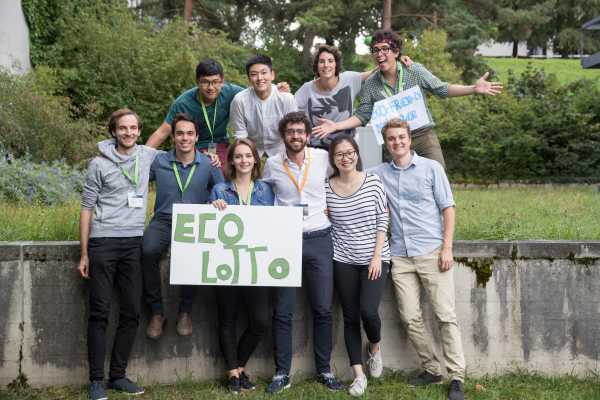 Project
WattBox adresses the problem of limited access to energy in war zones. It proposes a ready-to-use kit including portable solar panels to be distributed with the help of NGO's.
Project
WattBox adresses the problem of limited access to energy in war zones. It proposes a ready-to-use kit including portable solar panels to be distributed with the help of NGO's. In order to sell excess energy to the grid, private producers of renewable energy need to produce more than 100 MW. To be able to reach this threshold, project
E’vo Intelligent energy distribution proposes community aggregation.
In order to sell excess energy to the grid, private producers of renewable energy need to produce more than 100 MW. To be able to reach this threshold, project
E’vo Intelligent energy distribution proposes community aggregation.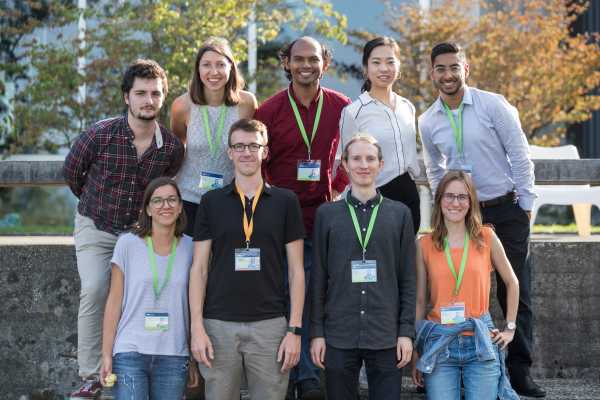 In order to stabilise fluctuating water levels in hydropower plants and to therefore increase production potential, Project
Banana Hydropower proposes submerged air reservoirs in the dammed lakes.
In order to stabilise fluctuating water levels in hydropower plants and to therefore increase production potential, Project
Banana Hydropower proposes submerged air reservoirs in the dammed lakes.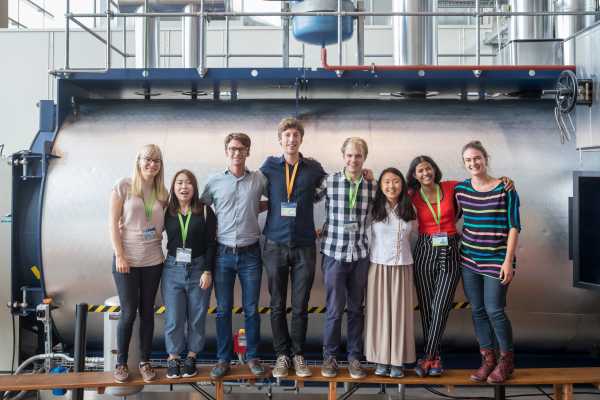 The
Green Energy Game House is an educational project aiming at improving the knowledge and awareness of young teenagers on the subject of sustainable housing energy systems.
The
Green Energy Game House is an educational project aiming at improving the knowledge and awareness of young teenagers on the subject of sustainable housing energy systems. In order to help consumers to make better shopping decisions, project
Eco Tag developed a color-coded CO
2 emission labeling system.
In order to help consumers to make better shopping decisions, project
Eco Tag developed a color-coded CO
2 emission labeling system.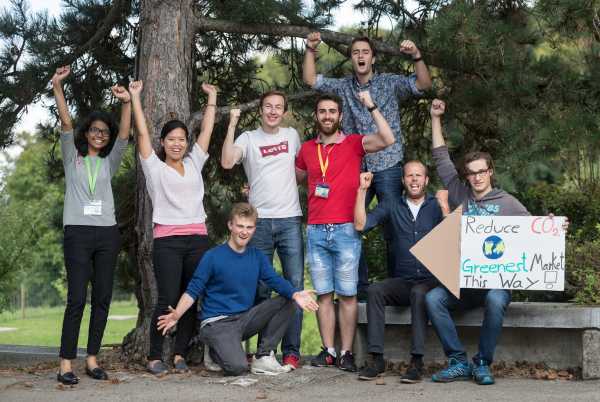 Planes use the most fuel and produce the most harmful emissions during takeoff. Project
Conveyor Accelerator System tries to reduce these by searching for alternative propulsion techniques during take-off.
Planes use the most fuel and produce the most harmful emissions during takeoff. Project
Conveyor Accelerator System tries to reduce these by searching for alternative propulsion techniques during take-off.  Project
DataNukes proposes the reuse of nuclear power plants by exploiting the existing infrastructure for new data centers, which would allow the implementation of an energy-efficient water cooling system.
Project
DataNukes proposes the reuse of nuclear power plants by exploiting the existing infrastructure for new data centers, which would allow the implementation of an energy-efficient water cooling system.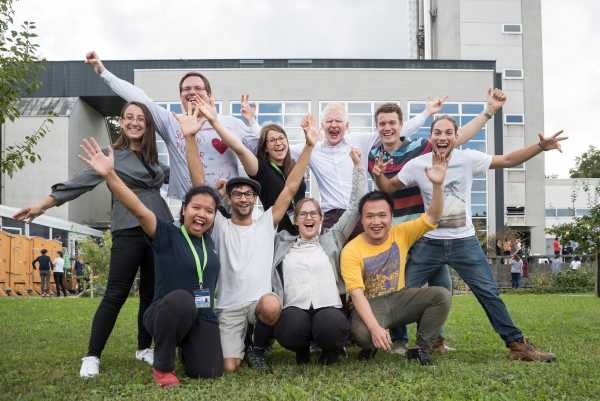 Project
Dam Solar proposes directly combining photovoltaic energy production with dammed hydropower plants by installing floating panels on the lake surface.
Project
Dam Solar proposes directly combining photovoltaic energy production with dammed hydropower plants by installing floating panels on the lake surface. Project
Energy Explorers aims at changing consumer behaviour by introducing an educational programme with gamification elements for children at primary level.
Project
Energy Explorers aims at changing consumer behaviour by introducing an educational programme with gamification elements for children at primary level. 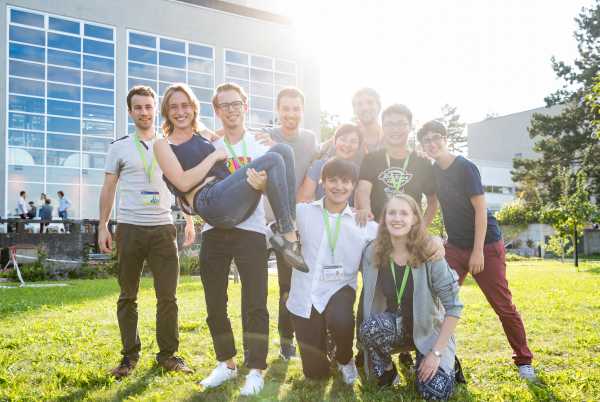 In order to compensate for lower rates of energy production by renewable technologies, project
Osmopower aims at exploiting osmotic pressure between tanks in wastewater treatment plants to generate timed energy.
In order to compensate for lower rates of energy production by renewable technologies, project
Osmopower aims at exploiting osmotic pressure between tanks in wastewater treatment plants to generate timed energy.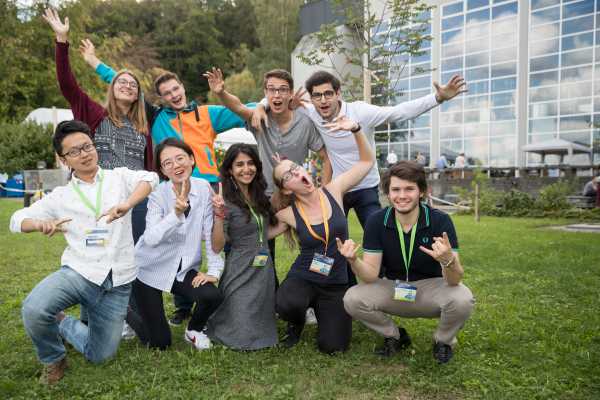 Project
CBGE (Community Based Green Energy) addresses the lack of influence tenants have on the (sustainable) source of energy for their building.
CBGE aims at lowering financial and organisational hurdles for landlords.
Project
CBGE (Community Based Green Energy) addresses the lack of influence tenants have on the (sustainable) source of energy for their building.
CBGE aims at lowering financial and organisational hurdles for landlords.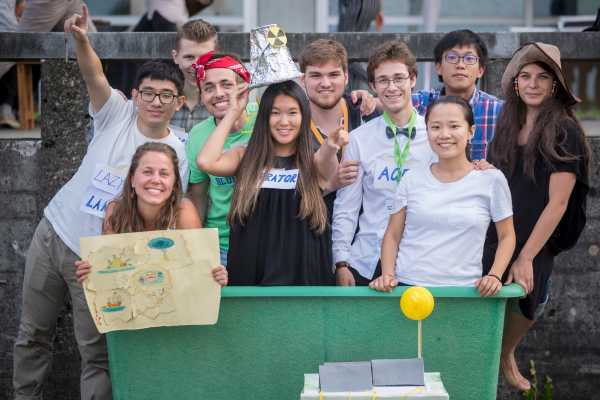 The Project
Office Tree aims at reducing the energy consumption in office buildings by introducing a democratically controlled air conditioning system, building on gamification concepts.
The Project
Office Tree aims at reducing the energy consumption in office buildings by introducing a democratically controlled air conditioning system, building on gamification concepts.
During the fourth edition of ETH Week, we encouraged all participants — students, professors, staff, and external experts — to join a critical and multi-faceted discussion to analyse the world we live in, while actively thinking about the various parts we can play to contribute to a joint, well-coordinated energy transition. As we will need to double our efforts in the next decade, the challenge opens a window of opportunity for critical thinking and creativity, for larger and especially smaller innovations, and for personal and societal team work.
ETH Week 2018 was organised in close collaboration with the ESC. See who was behind this year's ETH Week. For more information have a look at the detailed programme.
Stay updated and like us on external pageFacebookcall_made.


